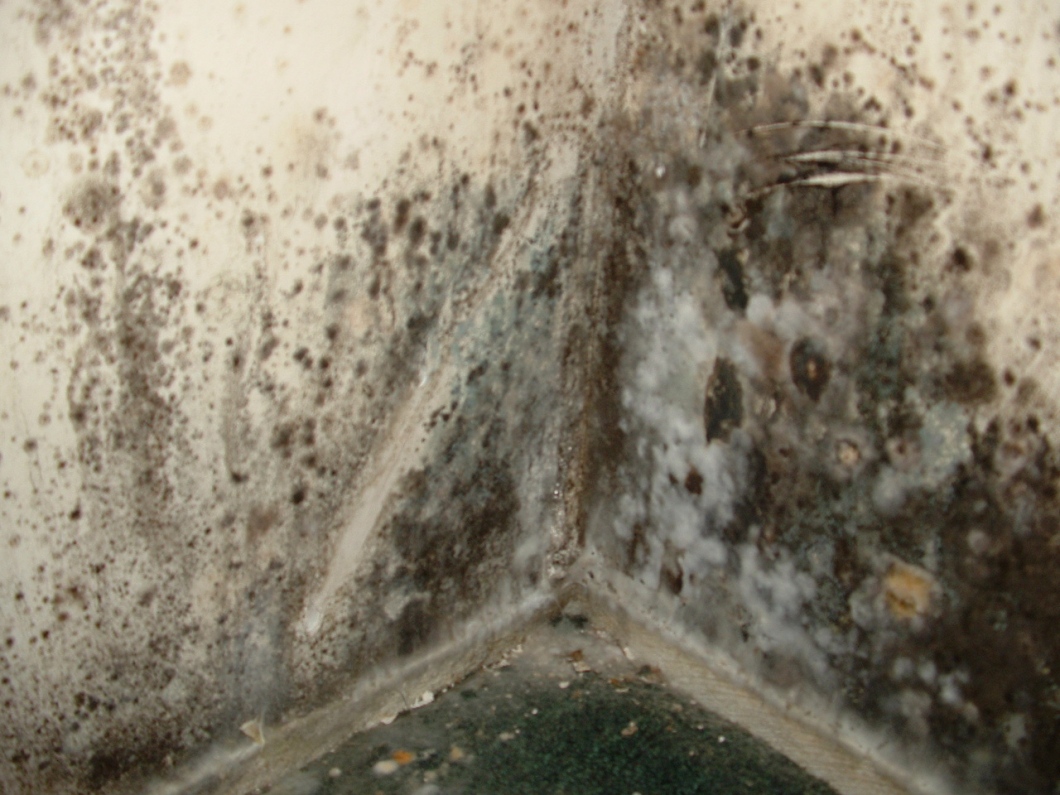Many contractors have been using ozone generators to solve mold problems in various houses. Although ozone alone won’t solve the mold problem, it could provide at least temporary solution. It should be noted that mold could have roots that penetrate up to 0.5 inches into the wall or other surfaces. Even dead molds can still be damaging, so it is generally possible remove all the structure of the mold. We will never accomplish this task with gas alone. Molds can reproduce quickly by spreading spores that we couldn’t be seen without proper magnification. When mold become mature, it will puff out spores continuously and they will look to land on damp surface with traces of organic material. They will grow, multiply and the cycle is repeated. Soon, we will find out that the problem is no longer controllable.
Although ozone won’t eradicate mold structure completely, it is still a powerful gas that can eradicate floating spores easily. There could be multiple cul-de-sacs, crevices and nook crannies in our houses that can’t be reached properly with brush and cleaning chemicals. Due to the relative inaccessibility of some surfaces in our house, no manual cleanup procedure can achieve all the goals. Fortunately, gasses can penetrate into all the porous surfaces and eradicate any hidden problem.
Ozone is actually lethal to any organism at certain concentration, including human. While common oxygen molecules are consisted of two oxygen atoms; ozone molecules has three oxygen atoms. However, the third oxygen atom of the ozone molecule is less stable and it could be detached easily; leaving a normal oxygen molecule and a highly reactive oxygen atom. The single oxygen atom could adhere to any molecules easily.
The atom would easily punches through any cell wall due to its very small size and it will react with any molecule and destroy the cell from within. Because mold contains fewer molecules than other organisms, ozone can destroy it with lower concentration before it becomes hazardous to human. However, an adequate amount of ozone is still needed for serious remediation. If the amount of ozone needed isn’t achieved in a specific area, not all spores and bacteria will be eradicated. Although the can be pushed back, mold could grow rapidly once again from the remaining hidden spores.
If we choose mold exterminators who employ ozone-based system, we should make sure that they are capable of handling pollutants, odor and mold with this. The excess byproduct would only be pure oxygen O2 molecules, which are very safe. Obviously, professionals shouldn’t use more ozone than necessary, because if they can be hazardous when inhaled. No fish, pets, plants and people should present in the area when the ozone is sprayed into the interior.
It shouldn’t be noted that ozone isn’t the answer for all mold problem. Mold could also grow on the wallpaper and its very fine roots could penetrate into the gypsum layer under the wallpaper. Calcium carbonate is a mineral-rich material and it is a perfect food source for many mold species. It means, some parts of the mold would be protected from ozone exposure.

